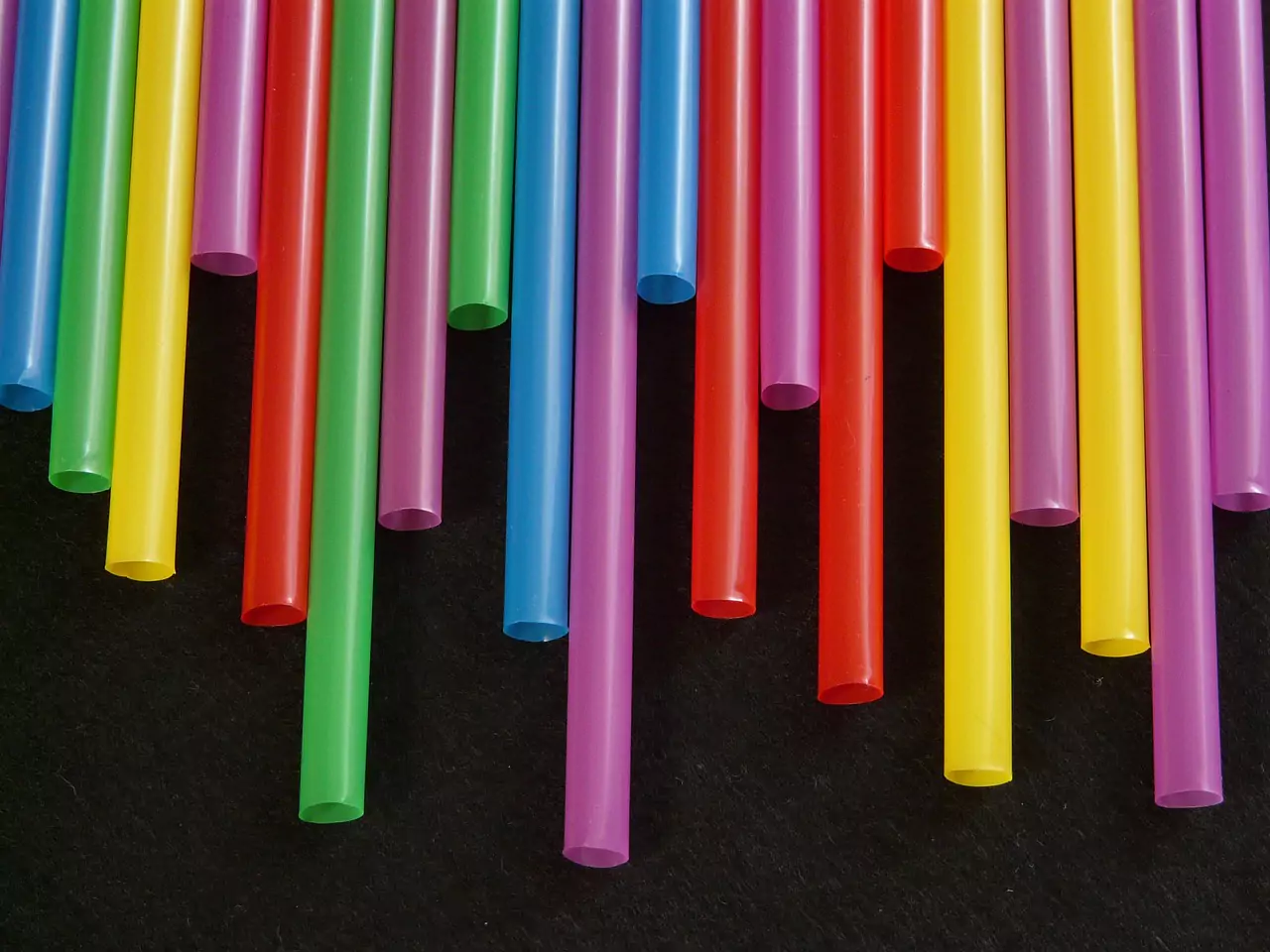The market value of polypropylene (commonly PP) worldwide has risen since 2015 and is expected to grow in the coming years. Polypropylene is a thermoplastic polymer used in various applications such as packaging, textiles, automotive parts, etc. and also for many every day food-contact items such as plastic straws.
Exploring the Evolution of Market Value From 2015-20
Polypropylene is a thermoplastic polymer widely utilized in various industries, such as packaging, automotive, construction, and textiles. In recent years, the market value of polypropylene worldwide has been on the rise since 2015. According to industry reports, the market price of polypropylene reached $94.5 billion in 2015 and increased to $96.51 billion in 2016.
The upward trend continued in 2017 when the value reached an impressive $104.03 billion globally. In 2018, the market value of polypropylene reached an all-time high of $109.36 billion. This trend also continued into 2019, with the market price reaching $114.37 billion before experiencing a slight dip in 2020, where it was valued at $113 billion. However, this dip was short-lived as the market value bounced back and surpassed its previous highs by reaching $115.83 billion in 2021.
This growth can be attributed to the increasing demand for lightweight materials in the automotive manufacturing and packaging industries. Moreover, technological advancements have made it easier to produce high-quality polypropylene products at a lower cost.

2022 Market Value: What to Expect in 2023-26
In 2022 alone, the global market value of polypropylene has reached an impressive $119.64 billion. This remarkable growth can be attributed to the rising demand for polypropylene-based products globally.
Looking into the future, experts have projected that this trend will continue in 2023 and beyond. By 2023, the market price of polypropylene worldwide is expected to reach $123.98 billion – a significant increase from its current value. Furthermore, it is anticipated that by 2024, the market value of polypropylene will further soar to an impressive $128.89 billion.
The experts also predict that the worldwide market value of polypropylene is expected to reach $134.12 billion by 2025 and grow to $139.33 billion by 2026. This growth can be attributed to the increasing demand for polypropylene in packaging, automotive, construction, and other end-use applications.
The packaging industry remains the largest consumer of polypropylene globally as it provides lightweight, durable, and cost-effective solutions for packaging materials. It also produces various household goods, such as food containers, toys, and furniture. The growing trend towards sustainability also drives demand for bio-based polypropylene, which offers a renewable alternative to traditional petroleum-based plastics. A good overview about the different uses of PP as food packaging material can be found here.
Discover the Secret Behind High Market Demand
The demand for Polypropylene (PP) is rising worldwide, thanks to the increasing consumption of packed food and beverages. PP is a versatile polymer widely used in packaging as it offers excellent moisture barrier properties, ensuring that the contents inside remain fresh and safe from spoilage. This has led to unprecedented growth in the market value of polypropylene with no signs of slowing down anytime soon.
One of the main reasons behind this surge in demand for PP is its superior moisture resistance. The use of PP packaging materials ensures that food products are protected against moisture, which can lead to a reduction in shelf-life and eventual spoilage. The water resistance also helps in uses for cups and drinking straws. Additionally, polypropylene can withstand high temperatures, making it ideal for microwaveable food containers. As more people opt for convenience foods and busy lifestyles become more commonplace, there has been a corresponding increase in demand for PP packaging solutions. Most polypropylene products are made with injection molding or blow molding.
Explore the Versatile Uses of Polypropylene
Polypropylene (PP) is known as one of the most versatile plastics in the world. It is used in various industries like automotive, construction, fashion, toys, and sports equipment. This thermoplastic polymer has gained massive popularity due to its excellent properties, such as high stiffness, good chemical resistance, and low moisture absorption. First studies show that the reclining challenges might be solved with fungi that can efficiently dissolve PP material waste.
It is a cost-effective material that can easily be molded into different shapes and sizes. One of the primary uses of polypropylene includes its application in the automobile industry. It is used for manufacturing door trims, seat backs, and other interior components. Polypropylene is preferred over other materials because it offers excellent sealing properties, making it ideal for making air ducts in cars. Similarly, it can be molded into different shapes, making seat assemblies lightweight yet durable. Apart from automotive use, polypropylene also finds its way into fashion apparel such as backpacks and bags.
Wrapping Up
The global market value of polypropylene has steadily risen over the past few years. In 2015, it reached hundreds of billions of dollars, and since then, it has grown at an impressive rate. The forecast for the future shows that this trend is set to continue, making polypropylene one of the most valuable materials in the world. Several factors have contributed to this growth in market value. For starters, polypropylene is widely used in various industries such as packaging, automotive, construction, and textiles. It is also known for its durability and lightweight nature, making it ideal for use in many applications. I hope you will enjoy this blog and quickly get essential facts about the growing polypropylene market.




